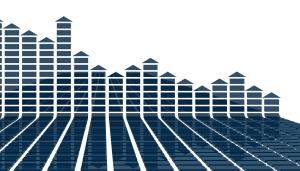The search for a better yardstick.
Hossein Haeri and Sami Khawaja are executive director and senior vice president at The Cadmus Group.
These are hard times for those trying to design, much less implement, energy efficiency programs. New energy building codes and equipment standards have shrunk the technical potential for conservation. Markets for program staples such as compact fluorescent lamps and low-cost weatherization are being saturated, paradoxically, by the accomplishments of ratepayer-funded programs, especially in states that have been in the vanguard of energy efficiency – a peril of success.

Meanwhile, avoided energy costs, the benchmark for valuation of energy efficiency, are declining. Blame that largely on unforeseen natural gas prices – as low as $2 per million Btu – caused by a drop in aggregate demand, along with recent discoveries of conventional natural gas reserves and new extraction techniques that have opened vast supplies of unconventional gas. This lowered benchmark has raised the cost-effectiveness threshold for energy efficiency measures, causing many marginal measures to fail economic tests, thus lowering the overall economic potential of energy efficiency.

